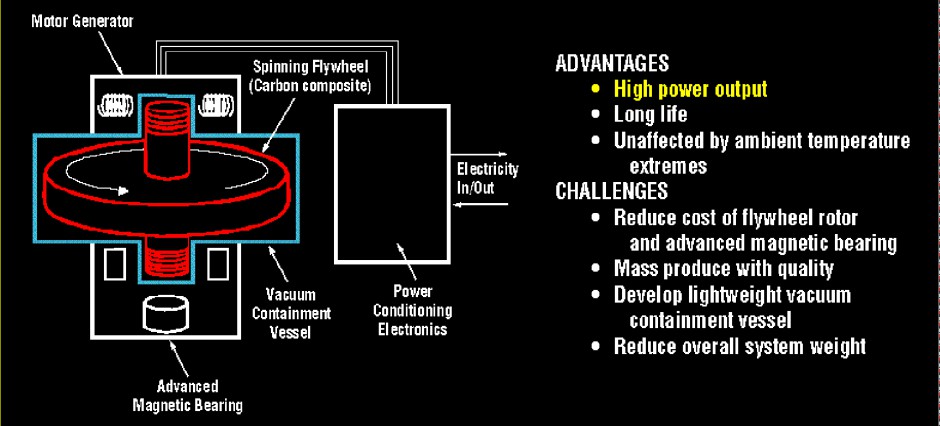The most common method of energy storage is with electrochemical batteries which have the disadvantages of environmental and health hazards, short lifespans, limited number of charge cycles and high maintenance costs. A need for more environmentally-friendly, cost-effective, and relatively safe alternatives, especially with the growing use of renewable energy sources, has led to continuing development of electromechanical devices such as the flywheel which stores electrical energy as kinetic energy and reverses the conversion with the use of a motor/generator. Flywheels have high power output and long lifespans, but they are usually large and expensive systems used in industry. In this research, literature review and brainstorming were carried out for designing a lightweight, chambered and portable version that is filled with water when needed, empty when not in use and could be used as part of a disaster recovery operation.
EESL Research Project
-
Recent Posts
- Abstract: New design of flywheel energy storage system incorporating a compartmentalized, water tank-like structure.
- title: New design of flywheel energy storage system incorporating a compartmentalized, water tank-like structure.
- Brainstroming: water-tank wheel
- Composite Flywheel Development for Energy Storage
- Deformation and life analysis of composite flywheel disk systems–see section 2.2, concentric flywheels
Recent Comments
Archives
Categories
Meta




